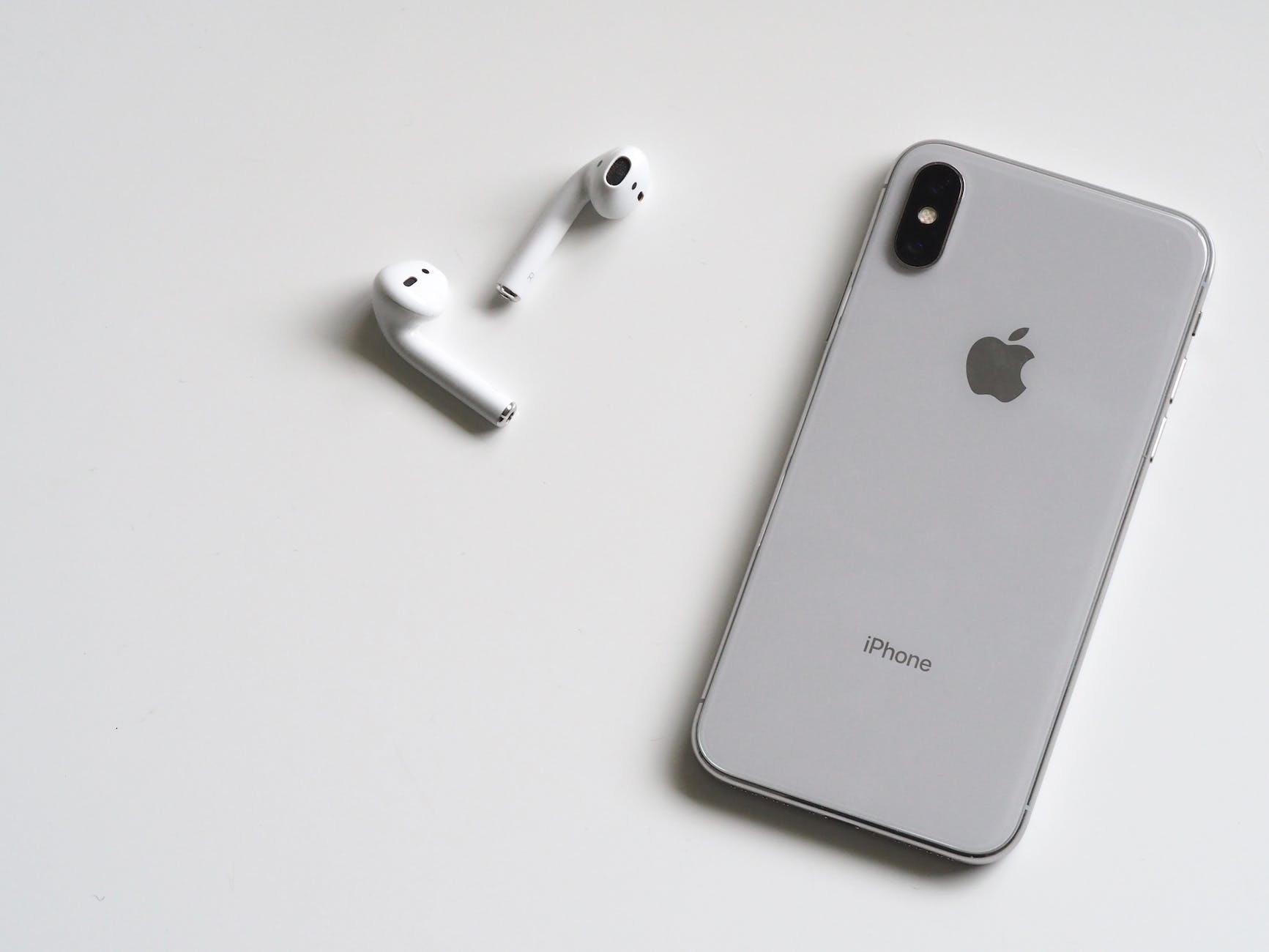
Phones
Flip phones, once a symbol of cutting-edge technology and style, have undergone a remarkable evolution from their inception to the present day. This journey, marked by technological advancements, design transformations, and cultural impacts, offers a fascinating look into the mobile phone industry’s history and future.
The Dawn of the Flip Phone Era
The story of flip phones begins in the early 1990s. The first models, bulky and with limited features, were a significant leap from the even larger “brick” phones that preceded them. The Motorola MicroTAC, released in 1989, was one of the earliest examples, introducing the novel flip design that protected the keypad and reduced the phone’s size when not in use.
2000s: The Golden Age of Flip Phones
The turn of the millennium saw flip phones reach their peak in popularity. The Motorola Razr V3, launched in 2004, became an iconic symbol of this era. It was not just a phone; it was a fashion statement, thanks to its ultra-thin design, metal build, and sleek appearance. Other manufacturers like Samsung and LG also jumped on the bandwagon, adding features like color screens, cameras, and basic internet access.
The Impact of Smartphones
The introduction of smartphones, particularly the iPhone in 2007, marked the beginning of the end for traditional flip phones. Smartphones offered large, touch-screen interfaces, advanced multimedia capabilities, and internet connectivity that made the older flip phone technology seem outdated. As a result, flip phones began to lose their market dominance rapidly.
Flip Phones in the Smartphone Era
Despite the overwhelming shift to smartphones, flip phones didn’t disappear entirely. They found a niche market among those who preferred a simpler device, or needed a more rugged, long-lasting phone. Additionally, in regions with less access to advanced mobile infrastructure, flip phones remained a cost-effective and reliable option.
The Modern Resurgence
Recently, there’s been a resurgence in flip phone interest, driven by nostalgia and a desire for digital minimalism. This has led to the emergence of modern flip smartphones, which blend the classic flip design with modern smartphone technology. Samsung’s Galaxy Z Flip and Motorola’s revamped Razr are examples of this new breed of devices, offering foldable screens, high-end cameras, and powerful processors.
The Future of Flip Phones
The future of flip phones seems tied to the development of foldable screen technology. As these screens become more durable and affordable, we can expect to see more innovative designs and functionalities. The flip phone, once seen as a relic of the past, might just carve out its niche in the future of mobile technology.
The evolution of flip phones is a testament to the ever-changing landscape of technology and consumer preferences. From a status symbol to a tool of practicality, and now a blend of nostalgia and innovation, flip phones have continually adapted to the times. Their journey is not just about the technology itself, but about the people who use it and the ever-evolving ways we communicate and interact with the world around us.
Embracing the Flip Phone Revival
For those intrigued by the revival of flip phones and keen to experience this blend of nostalgia and modern technology, AllTradeFloor offers an exciting collection. Their range of flip phones caters to various needs and preferences, from sleek, modern smartphones with foldable screens to durable, classic models for those seeking simplicity and reliability. Explore their collection of flip phones and be a part of the flip phone renaissance.






